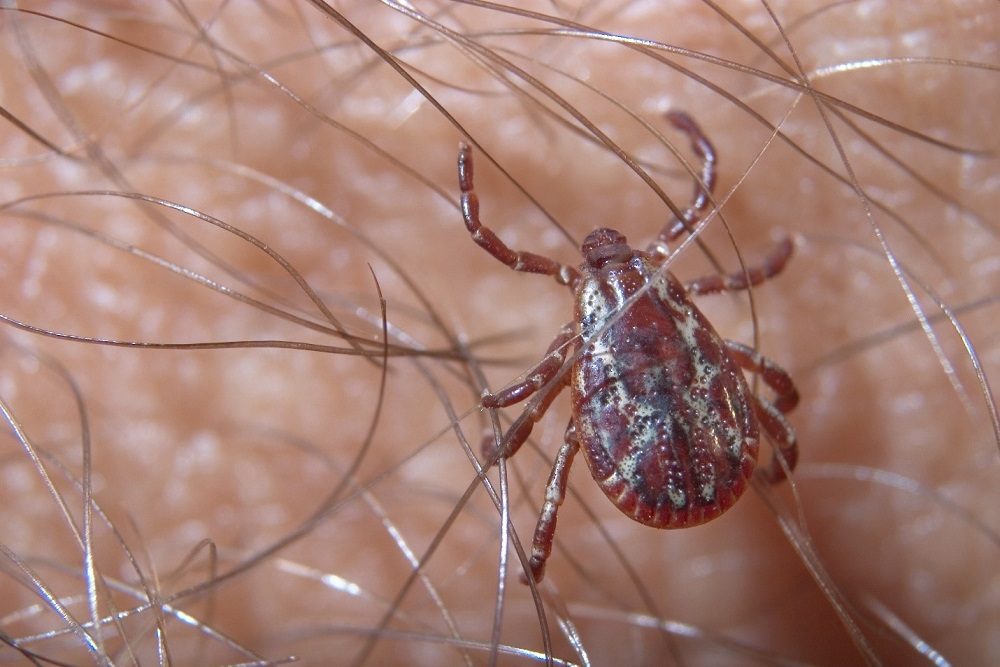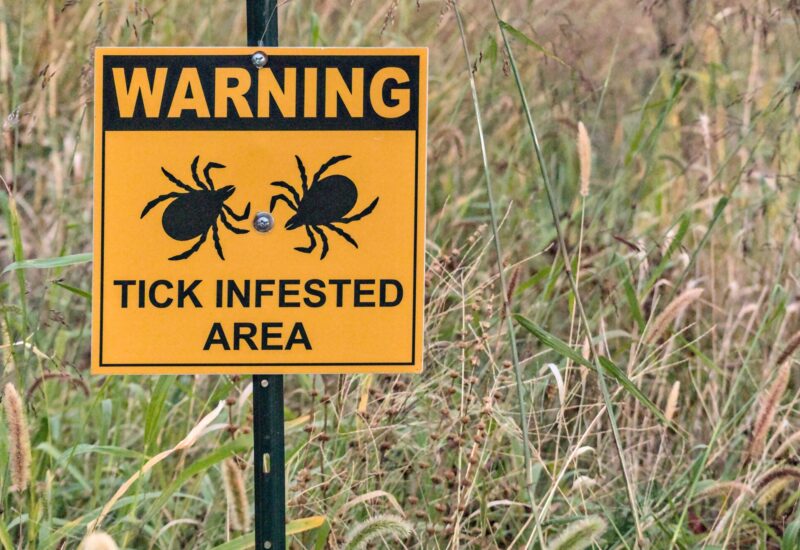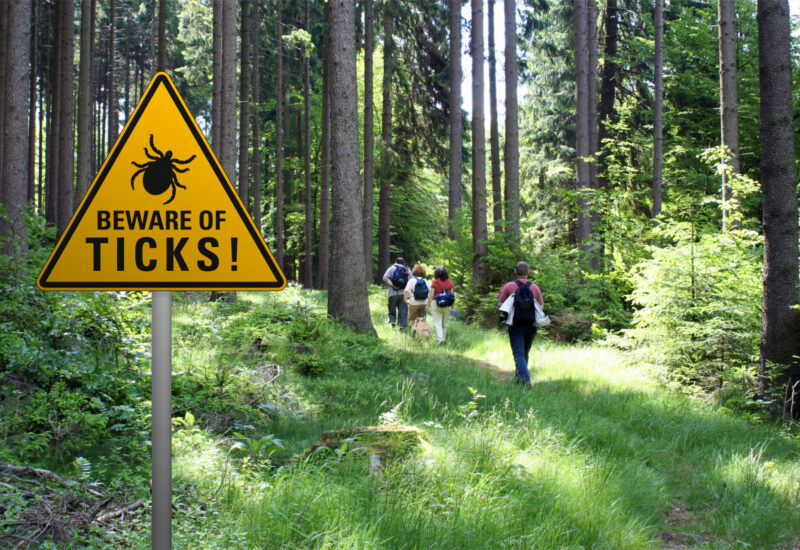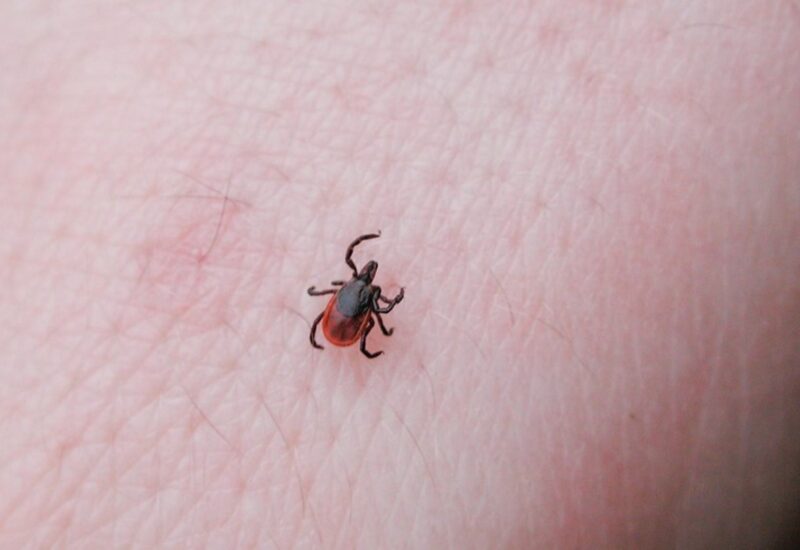Tick Population to Increase in 2019

Warmer-than-average Winter Leads to Higher Tick Population for Spring & Summer
Extreme and somewhat unusual weather and temperature fluctuations across the United States during the winter months aided the production of higher populations of ticks, insects, and rodents across the country, according to Pest World Magazine.
Weather conditions have been ideal for the tick population to thrive this season. These conditions have even sparked early pest activity within the Northeast, Southeast, and Midwest regions of the United States.
With this in mind, we can anticipate seeing an increase in tick populations across the country. And that means humans need to be even more vigilant in protecting themselves, their families, and their pets throughout 2019 and beyond.
Annual Increase in Tick Population
Mild winters have allowed ticks, like the American dog tick, and other disease-spreading to thrive and emerge earlier than usual.
The black-legged deer tick has also seen a surge in population following mild winters each year.
With a fluctuation in tick food sources — like the white-footed mouse and other wildlife and rodents, humans have found themselves to be a significant source of tick attraction.
Because of this, the spread of tick-borne diseases among humans has also increased.
Many species of ticks thrive is moist and humid areas, they are most often found near a water source or in damp areas waiting for their next meal.
Ticks live off of blood meals from hosts such as humans, deer, mice, and other mammals and hide among leaf litter, tall grass, and shrubs where they can easily attach themselves to a host animal or human to feed off.
Tick Diseases
Ticks are found within most regions of the United States and are known mainly for being the leading transmitter of Lyme disease to humans through an infected bite
While we’re on the topic, take a look at the Best Way to Remove a Tick.
Ticks contract Lyme disease from animal hosts and then spread the disease while feasting on their new food source.
Lyme disease is not the only disease that ticks are known for transmitting. In fact, of the many different tick species residing in the United States, there are approximately 15 known tick-borne diseases found within the U.S.
It will come as no real surprise if more tick-borne diseases are found, especially with the emergence of the Asian lognhorned tick.

Tick Prevention & Safety
Knowing how to prevent tick bites for humans and domestic pets is important, especially with the spike in the tick season on the horizon.
To avoid tick bites and potentially spreading the pest to others, follow these tips:
- Clear tall grass, remove leaf litter, and eliminate excess water or damp areas around your home or business.
- Deter deer, stray dogs, and other smaller wildlife from entering your yard.
- Keep your lawn mowed to an appropriate height.
- Contact a pest professional about organic tick control.
- Treat pets for tick and fleas as directed by their veterinarian. If pets spend time outdoors, be sure to check them for ticks before coming inside.
- Shower within an hour of being outdoors.
When spending time outside, in the woods, or where there are tall grasses, be sure to fully cover up.
Wear long sleeves, pants, and high socks as well as using tick repellent. This can help to prevent ticks from finding their way onto your skin.
Wearing light colored clothing when going outdoors will help to identify ticks that may have hooked themselves to you.
When it’s time to come inside, thoroughly check yourself, kids, and pets for ticks.
While checking, be sure to look in unsuspecting areas (under arms, between toes, around the waist, on your scalp, etc.)
Ticks cannot jump, but they do climb. So, don’t assume that the pest can’t reach a specific spot on your body.
Organic Tick & Mosquito Control
To help homeowners and business owners enjoy the outdoors during the spring, summer, and fall months, Catseye offers a one-of-a-kind Organic Tick and Mosquito Program to deter these disease-carrying pests.
Included in our Organic Tick and Mosquito Program:
- In-depth property inspection
- Customized property treatment plan
- Monthly organic services that create a protective barrier around the perimeter of the property
Enjoy worry-free outdoor activities knowing children and pets are safe with our organic program. Contact our pest and wildlife professionals today for more information.






